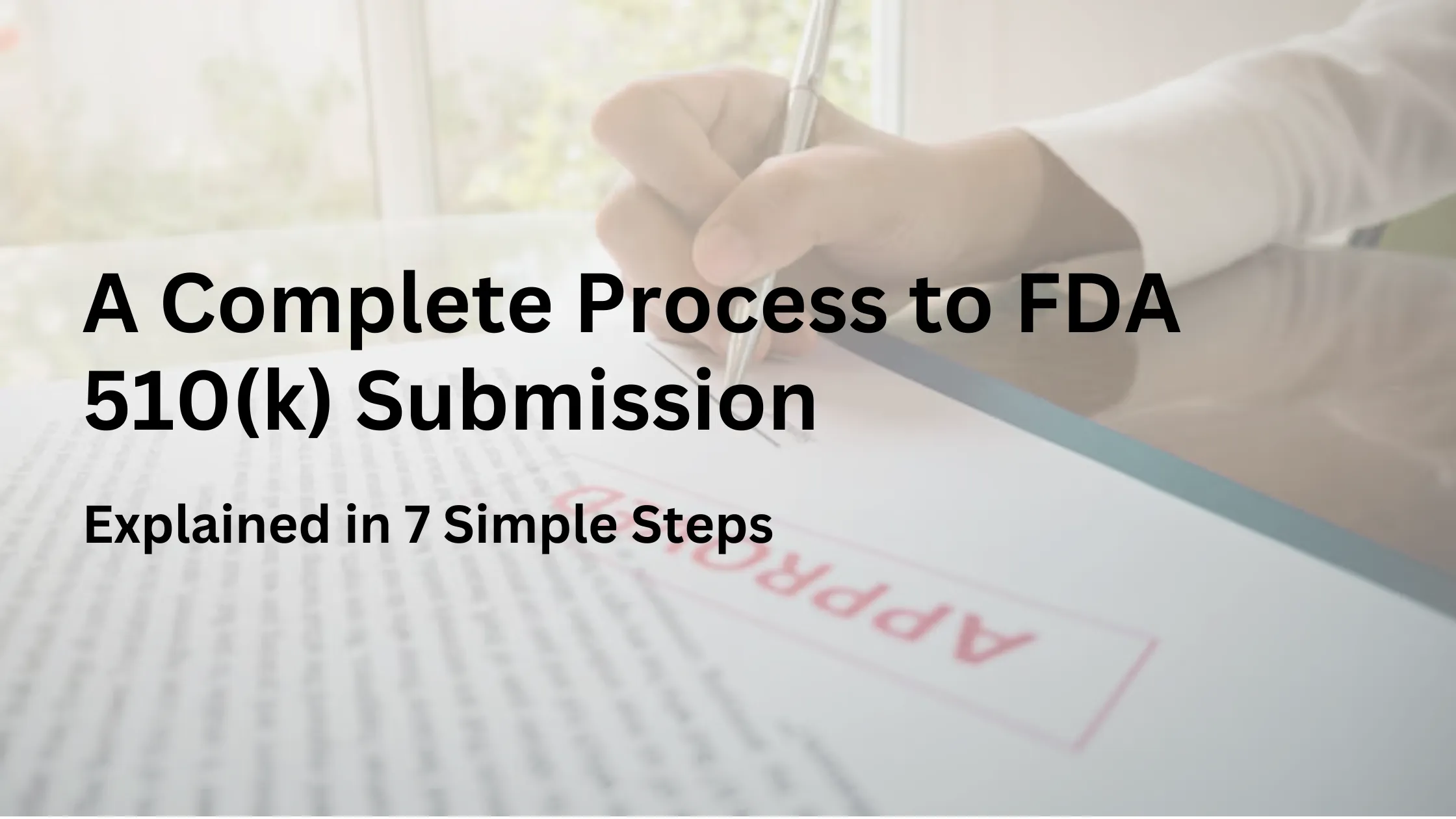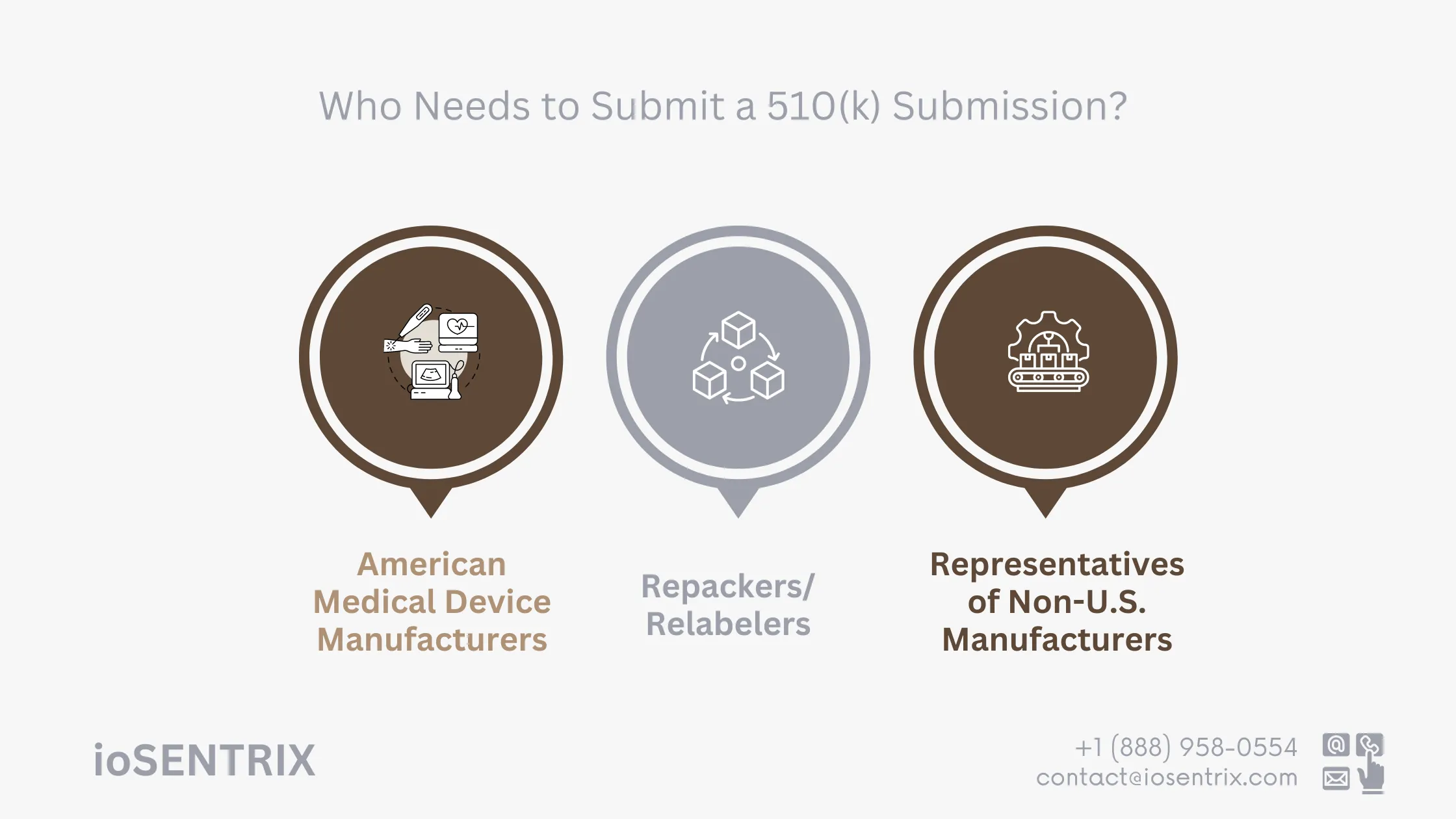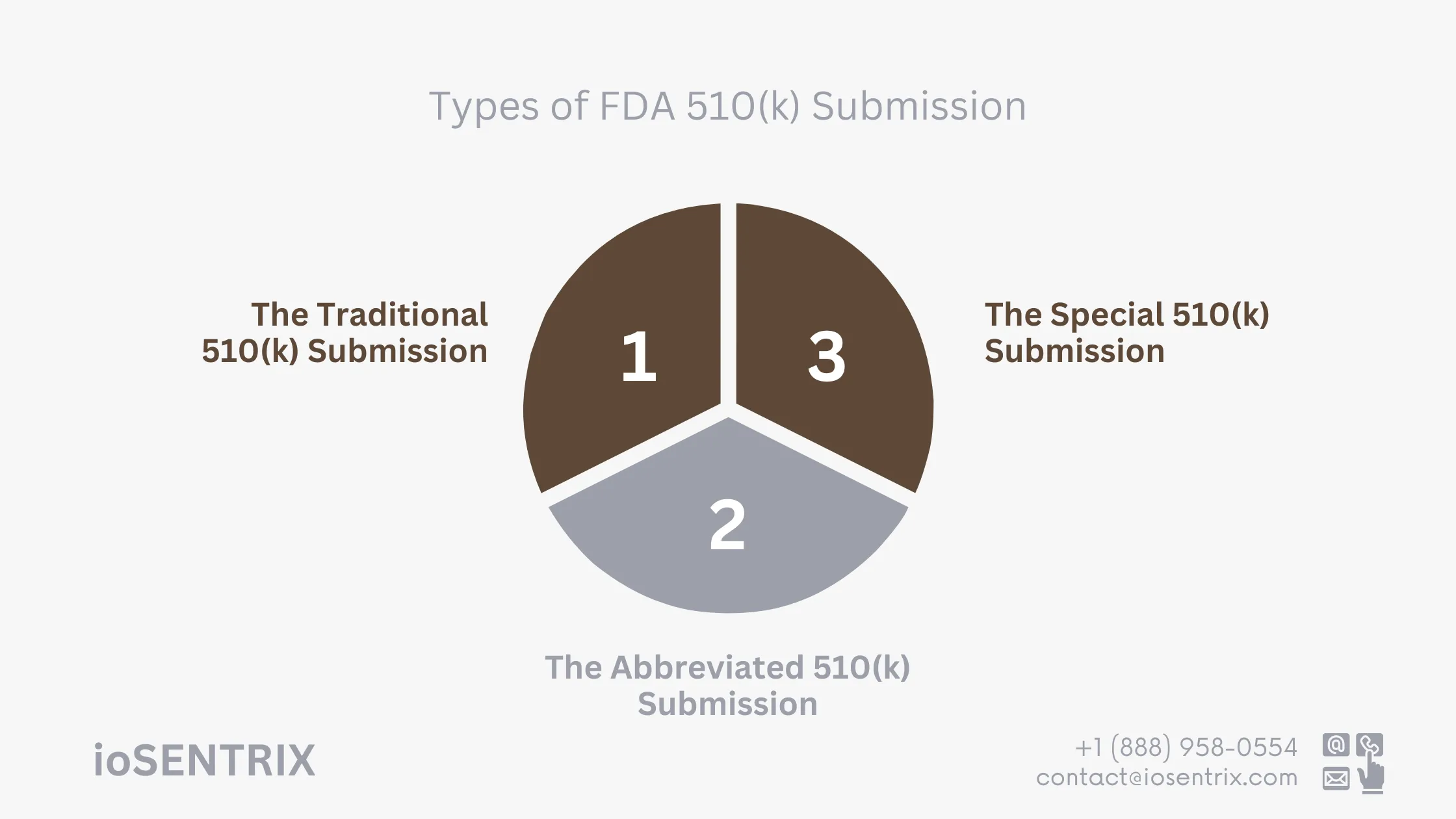
Many new medical device companies often wonder about the FDA 510(k) submission process and how to complete it. This process is crucial for companies looking to introduce a medium-risk medical device into the US market. A significant portion of medical devices used daily in the US have obtained clearance through the 510(k) route. Despite the high volume of submissions annually, a considerable percentage of submissions in 2022 did not even make it through the initial review stage.
The process of quality and regulatory requirements in the medical device industry can be challenging for professionals. To assist you in this journey, we have gathered crucial details about the FDA’s 510(k) submission process.
Your 510(k) submission should demonstrate that your device is similar to a previously approved device and functions in a comparable manner. By aligning your device with a predicate device that is already in use and proven safe, it is expected that your device will also be safe and effective.
Your 510(k) submission must:
A predicate device is a device currently available on the market that your 510(k) submission must demonstrate is very similar to your device. The predicate device needs to have:
Your FDA 510(k) submission must meet three important criteria. If your device belongs to Class II and does not have a substantial equivalent, you may need to pursue the de novo pathway, especially if it is a new and innovative medium-risk device. A successful 510(k) application requires a suitable predicate device as a reference.
Substantial equivalence does not mean exact similarity; it refers to a comparable device that demonstrates competitive differentiation and advantage for your business. Finding the right balance is crucial, so make your decisions carefully.
The majority of 510(k) submissions are made by companies seeking to market Class II medical devices in the United States. If you are planning to launch such a device, the person in charge of quality and regulation within your company would typically handle the 510(k) submission as part of the necessary steps to bring the product to market.

According to FDA regulations, the second most frequent group to submit 510(k) applications are the appointed representatives of medical device manufacturers based outside the United States. Non-US manufacturers seeking to sell their devices in the US must have a representative file their 510(k) on their behalf.
In some cases, repackers and relabellers in a medical device supply chain may need to submit a 510(k) application. This usually occurs for special updates when important changes are made, such as adding new information to labels or making significant repackaging changes that impact device safety.
Read more: Navigating FDA Cybersecurity Compliance.
The Traditional 510(k) pathway is for new medical devices that haven’t been cleared before and don’t need a PMA. It’s also for modified devices that don’t qualify for a Special 510(k). You need to show similar devices in terms of how they’re used and their technology.
The guidance document from the FDA; Evaluating Substantial Equivalence in Premarket Notifications (510k) outlines the requirements set by the agency for this process.
The Abbreviated 510(k) program offers an alternative route for manufacturers instead of the traditional path. Manufacturers have the option to submit an Abbreviated 510(k) by relying on FDA guidance documents, showing compliance with special controls for the type of device, or following voluntary consensus standards.
A Simplified 510(k) submission follows the same format as the Standard 510(k) submission. However, manufacturers have the option to include extra reports summarizing guidance documents, adherence to special controls, or alignment with established standards to show that the new product is substantially equivalent.
The Abbreviated pathway may not be easier, but it can be a good option when showing similarity to a standard is simpler than using a predicate device. The Abbreviated 510(k) usually takes around 90 days for review, which could be longer than the Traditional 510(k) process.

The Special 510(k) is used when a manufacturer makes a change to their own previously approved device that is already on the market legally. The latest guidance on Special 510(k) has been revised to include reviews of changes that impact a device’s intended use or its core scientific technology.
Before this revision, modifications were not permitted within the Special 510(k) process. The recent update from the FDA emphasizes the importance of the manufacturer’s design control procedures in assessing alterations and guaranteeing their reliability, all while complying with regulatory standards for substantial equivalence.
When companies are getting ready to submit a 510(k) application to the FDA, they need to choose a suitable predicate device right at the beginning. This step is critical because the 510(k) procedure involves showing that the device is substantially equivalent to an already available predicate device.
When submitting a device for clearance, it should closely resemble the predicate device in terms of its intended use, indications for use, and technology. While it can have added features or enhancements, these should not introduce new concerns about safety or effectiveness. Failure to select a suitable predicate device may require firms to dedicate extra effort and resources to locate one.
It is important to also review any relevant special controls and guidance documents related to the device being considered. These resources offer advice on the specific tests and criteria that must be satisfied to show similarity to the predicate device. This valuable information can often be found in the predicate device’s 510(k) submission, which outlines the tests and research carried out, giving insight into the FDA’s expectations for your device.
When submitting a device with software, it is important to consider specific guidelines and risk classifications related to the software. The documentation needed for software will differ based on the software’s risk classification.
The FDA may request clinical data to be included in a 510(k) submission to demonstrate that any modifications to its uses are consistent with the original intended applications. Despite efforts by the FDA to provide clarification through The 510(k) Program Guidance, there can be a lack of agreement between the agency and sponsors. This disagreement usually occurs when sponsors believe that non-clinical data should be enough to establish substantial equivalence, a viewpoint that the FDA may challenge at times.
To enhance this, the FDA has introduced a preliminary guide outlining when clinical data is crucial for a 510(k) submission. This includes not only typical non-clinical data such as bench performance or biocompatibility testing but also information from clinical research.

Medical device companies must engage in effective communication with the FDA during the submission of a 510(k) premarket notification. It is crucial to keep in mind that the FDA reviewers may not be familiar with the specifics of your device or its technology to the same extent as you are. As such, it is imperative to offer clear and concise explanations, along with comprehensive background information and context.
The submission should use simple language that is easy to comprehend, avoiding technical terms or abbreviations that may not be familiar to the FDA. It should also be well-structured and organized to help the FDA easily navigate and understand the information presented.
The FDA has updated its submission process to be more digital-friendly. In September 2022, they introduced the Electronic Submission Template to replace the need for hard copies. Building on this progress, the FDA announced in October 2022 that the CDRH Customer Collaboration Portal now accepts electronic submissions like eCopy or eSTAR for 510(k) submissions.
Following October 1, 2023, only the eSTAR form is required for submission. The eSTAR is a fillable PDF that can be completed and submitted digitally through the CDRH Portal, which requires registration. This new streamlined process is aimed at expediting and simplifying the submission of 510(k)s, as per the FDA’s initiative.
Although the recommended timeframe for device approval is 100 days, the average approval time is 175 days. Some approvals take significantly longer, resulting in this higher average, but the median approval time is 85 days.
The duration to clear a device through 510(k) varies by device category, with anesthesiology devices taking the longest at 245 days on average, while toxicology devices have the shortest approval time at 163 days. In summary, businesses can expect a waiting period of around 3-6 months after submission for device approval.
Head over to FDA’s Refuse to Accept Policy to ensure you meet all the 56 requirements to avoid a refusal-to-accept letter.
The FDA doesn’t ‘approve’ a medical device following a 510(k) submission. Instead, you will receive a letter confirming that your device is cleared for marketization in the United States. With this clearance, you can now market your device, but you still need to meet other requirements such as registration and listing, labeling, reporting, and GMP requirements according to FDA regulations.
If you’re looking to streamline the 510(k) process, ioSENTRIX offers electronic quality management software for medical device manufacturers. This software helps digitize, automate, and enhance quality management activities. With features like electronic documentation, controls, workflows, and records,ioSENTRIX simplifies the FDA 510(k) submission process, enabling you to bring your product to market sooner.
To learn more about the service, click here.